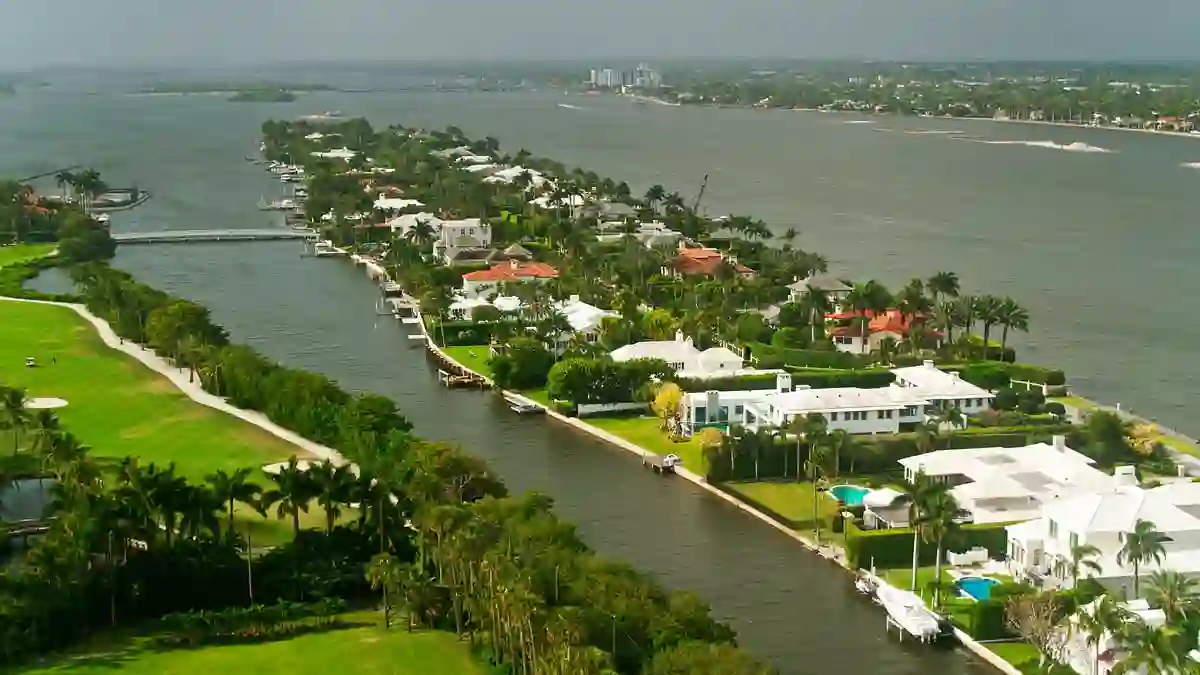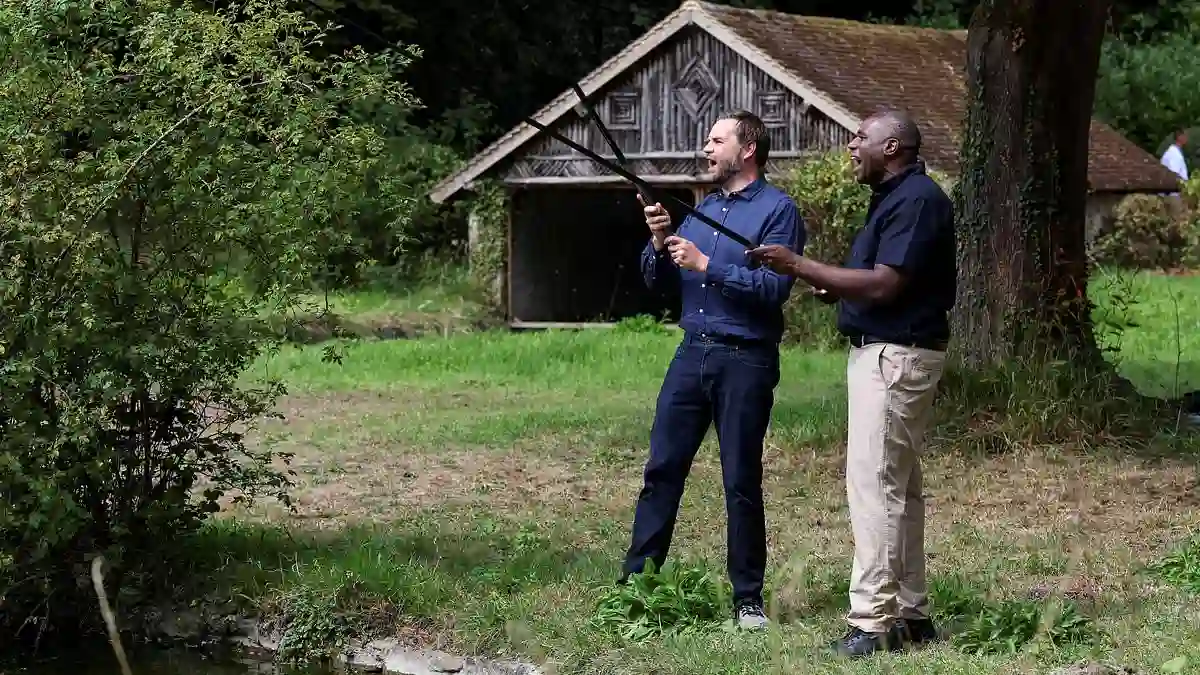Palm Beach has always been a playground for the ultra-wealthy, but lately, the competition has shifted from flashy cars and luxury yachts to something even more extravagant—land.
Billionaires aren’t just buying single estates anymore; they’re piecing together entire blocks to create sprawling compounds that scream privacy, exclusivity, and legacy.
Why Billionaires Are Snapping Up Multiple Lots
The trend is simple: when one mansion isn’t enough, buy the one next door—and the one after that.
With land in Palm Beach so limited, the only way to build the dream property is to knock something down.
As realtor Samantha Curry explained, buyers want modern amenities—higher ceilings, open layouts, guest houses, and resort-style living—that older homes can’t provide.
Bulldozing existing properties is often faster than renovating.
Status, Privacy, and Control
Palm Beach is home to some of the world’s most famous names, from Donald Trump to Bill Gates, so appearances matter.
Realtor Ryan Serhant noted that once you start buying multiple plots, you don’t just get space—you control the views, the noise, and the neighborhood itself.
That level of control is priceless for billionaires who prize seclusion and influence as much as luxury.
A Scarcity Problem
The challenge is that Palm Beach is already “100 percent built out,” as designer Steven Stolman put it.
There’s no untouched land waiting for development, which makes each teardown a statement of wealth and determination.
To get something new, something else must come down.
Ken Griffin’s Mega-Estate Ambition
No one embodies the trend more than hedge fund titan Ken Griffin.
Ranked the 31st richest person in the world, Griffin has spent years buying at least eight properties along the ultra-exclusive Billionaires Row.
He bulldozed them all, consolidating roughly 27 acres into what could become a $1 billion mega-compound—possibly one of the most expensive private estates in the world.
A Market Driven by Exclusivity
Curry predicts this appetite for land isn’t slowing down. Palm Beach offers something rare: safety, peace, and exclusivity.
With virtually no crime and finite space, property values are expected to keep climbing.
“Everybody loves what they can’t have,” Curry said, noting that combining waterfront land only multiplies its long-term value.
Buyers Shocked by How Little Land Money Buys
Sotheby’s agent Madison Collum said newcomers to Palm Beach are often stunned at how small lots are compared to what they could buy elsewhere.
The solution? Purchase neighboring properties and merge them. For some, it’s about space.
For others, it’s privacy and security. Either way, these multi-lot estates almost always sell at a premium.
Estee Lauder’s Heir Joins the Trend
Even legacy families are joining in. Estee Lauder’s executive chairman, William P. Lauder, bought two neighboring properties for over $25 million and $30 million, demolished both, and later listed the combined land for $178 million.
It sold earlier this year, and the mysterious buyer has since added two more estates inland, spending nearly $50 million in total.
Teardowns as a Palm Beach Signature
While combining lots isn’t new in U.S. real estate, Palm Beach’s tiny size and global allure make it unique.
Unlike other markets, tearing down mansions here is not only common but expected.
Buyers aren’t just creating homes—they’re crafting legacies that may remain in their families for decades.
Palm Beach Real Estate: More Than Just Property
At the end of the day, Palm Beach isn’t just about having an address—it’s about building an empire.
With limited land, unmatched privacy, and an ever-growing demand among billionaires, the island has become one of the most resilient luxury real estate markets in the world.
As Curry summed it up: “Palm Beach real estate is not just about location—it’s about legacy.”



